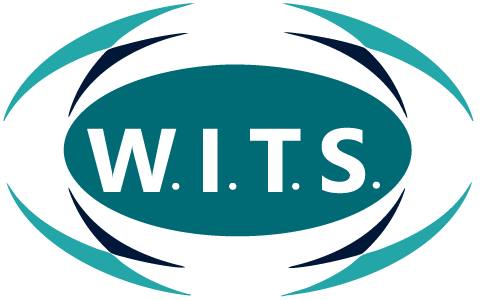
Maximizing Protein Benefits for Muscle Growth and Performance Nutrition
Protein remains the foundation of sports performance nutrition for trainers and athletes aiming for strength, recovery, and sustainable health. For certified trainers, understanding the essentials of protein intake helps optimize your client programs, deliver measurable results, and drive client engagement. This guide explores the benefits of protein, its key sources, timing strategies, and practical guidelines to help your clients achieve peak performance and avoid common pitfalls.
Power of Protein for Athletes
Protein is much more than a muscle-building nutrient. It is vital for:
- Supporting muscle repair after intense workouts
- Reducing muscle soreness
- Helping clients recover faster between sessions
- Preserving lean muscle during weight loss or cutting phases
A strategic focus on protein helps your clients not only sculpt their physique, but also optimize their progress and reduce injury risk. This foundation strengthens your coaching credibility and reaffirms the value of a balanced performance nutrition plan.
Setting Protein Minimums and Selecting Quality Sources
How Much Protein Is Enough?
Current recommendations for active adults and athletes range between 1.2 to 2.0 grams of protein per kilogram of bodyweight per day. Leaning toward the higher end supports clients who participate in intense strength training or endurance activities. For a 70 kg athlete, that equates to 84 to 140 g of protein daily.
Pro tip: Encourage clients to assess progress and adjust as they gain muscle or change training frequency. A customizable plan unlocks better adherence and results.
High-Quality Protein Sources for Maximum Results
When planning meals and snacks, focus on sources that deliver all essential amino acids and are easily digested:
- Lean meats: Chicken breast, turkey, lean beef
- Fish and seafood: Salmon, tuna, shrimp
- Eggs: High digestibility and complete amino acid profile
- Dairy: Greek yogurt, cottage cheese, low-fat milk for muscle recovery
- Plant-based options: Lentils, beans, tofu, tempeh, quinoa for vegan clients
Encourage clients to rotate protein sources to maximize nutrient intake and keep nutrition engaging.
Timing Protein Intake for Superior Performance
Pre-Workout Protein
Consuming protein within 1 to 3 hours prior to exercise helps stimulate muscle protein synthesis and provides amino acids for muscle repair, especially in clients engaged in strength or high-intensity interval training (HIIT).
A balanced pre-workout meal could include:
- Grilled chicken wrap
- Greek yogurt with berries
- Protein smoothie with banana and almond butter
Post-Workout Recovery
Aim for a protein-rich snack or meal within 30 to 60 minutes post-exercise. This window is optimal for muscle recovery, glycogen replenishment, and minimizing muscle breakdown.
Effective post-workout options:
- Whey protein shake with fruit
- Scrambled eggs and whole grain toast
- Chocolate milk for a quick carb-protein combo
Customize to fit client routines: Having flexible options makes it easier for clients to integrate these practices consistently.
Risks of Excessive Protein Intake
While the importance of protein cannot be overstated, more is not always better. Excessive intake can:
- Lead to potential strain on kidney function in predisposed clients
- Displace other essential macronutrients and micronutrients from the diet
- Cause gastrointestinal discomfort or dehydration
Guideline: Advise clients not to exceed 2.2 grams of protein per kilogram of bodyweight daily unless directed by a medical professional or dietitian.
Encourage a food-first approach and use supplements to fill gaps, not as a primary protein source.
Practical Tips for Trainers to Enhance Client Engagement
- Personalize intake: Tailor recommendations to individual client goals, training load, and dietary preferences.
- Track and adjust: Use progress tracking tools to monitor client muscle gain, recovery, and energy.
- Educate and motivate: Share the science behind protein timing and variety during training sessions or in-app messages to reinforce adherence.
- Integrate nutrition support: Leverage your platform’s nutritional integration to automate reminders for pre and post-workout meals.
Key Takeaways for Sustainable Results
- Set realistic protein targets based on weight and goals
- Mix up protein sources for complete nutrition
- Time protein intake for best muscle growth and recovery
- Avoid excessive protein loads that can undermine health or performance
- Use digital tools and community support to keep clients engaged, informed, and motivated
By focusing on these actionable strategies, trainers can help clients unlock the full performance benefits of protein, while positioning themselves as a trusted resource for both training and nutrition excellence.
Optimize your client programs with customizable nutrition tools, track progress seamlessly, and foster a thriving, goal-driven coaching community.
